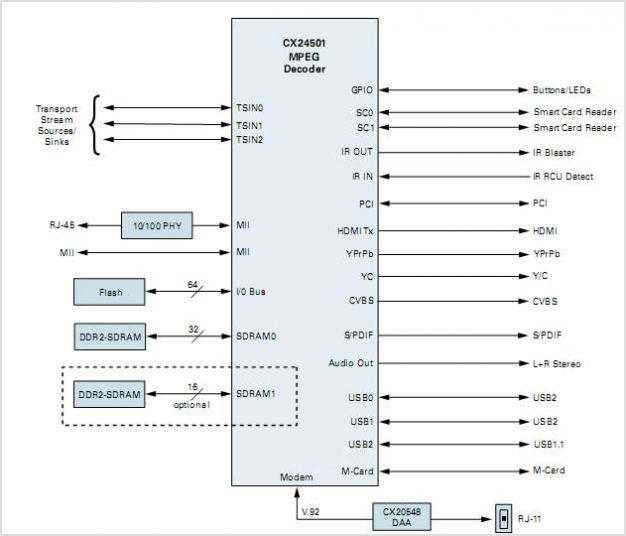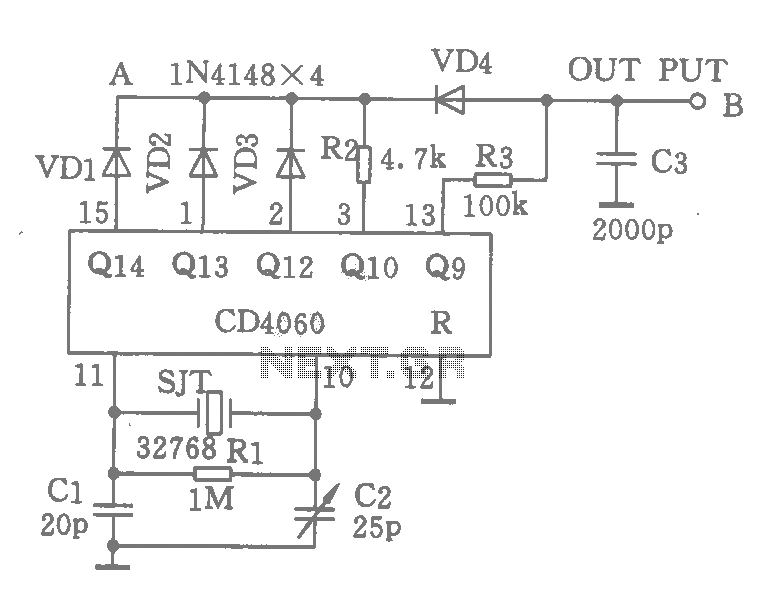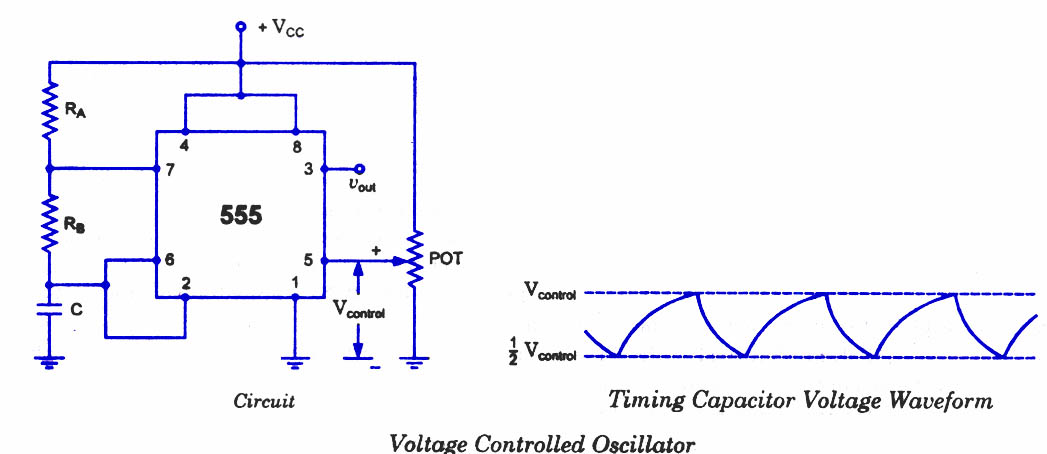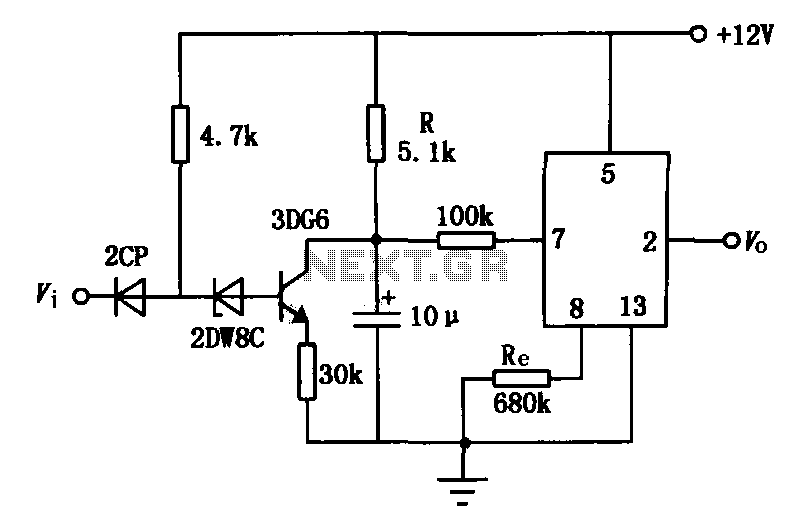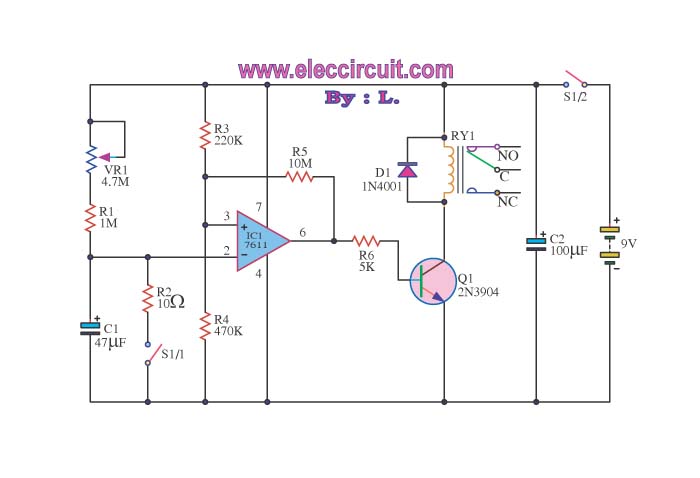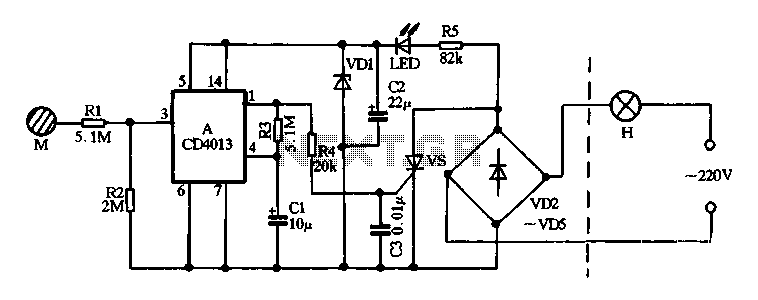
SCR UJI TIME DELAY
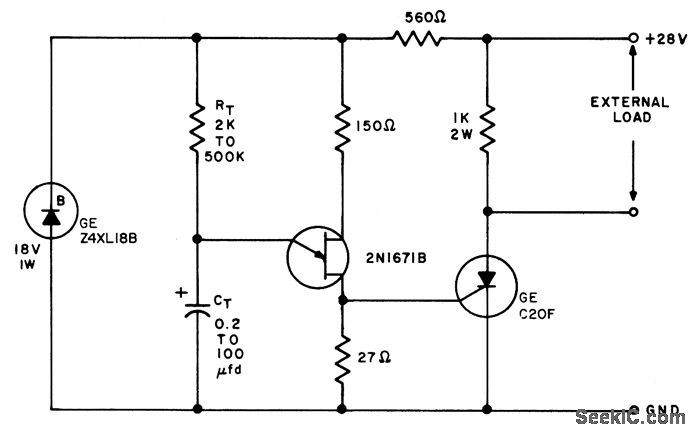
The timing interval is initiated by applying power and is determined by the resistor-capacitor (RT-CT) combination. At the end of the interval, a unijunction transistor triggers a silicon controlled rectifier (SCR) to apply nearly the full supply voltage to the load. The delay range spans from 0.4 milliseconds to 1 minute.
The described circuit utilizes a timing mechanism that relies on the charging and discharging characteristics of an RC network, specifically configured with a resistor (RT) and capacitor (CT). When power is applied, the capacitor begins to charge through the resistor, and the time it takes to reach a certain voltage threshold determines the timing interval. This threshold is crucial for the operation of the unijunction transistor (UJT), which serves as a triggering device.
Once the capacitor voltage reaches the UJT's firing point, the UJT conducts, allowing current to flow and triggering the silicon controlled rectifier (SCR). The SCR then turns on, providing a path for current to flow to the load, effectively applying the supply voltage. The load can vary widely, depending on the application, and may include anything from a simple LED to more complex devices.
The delay range of 0.4 milliseconds to 1 minute offers flexibility for various applications, making this circuit suitable for timing tasks in industrial automation, lighting control, or other electronic systems requiring precise timing operations. The ability to adjust the resistor and capacitor values allows for fine-tuning of the timing interval, accommodating different operational needs.
In summary, this circuit exemplifies a straightforward yet effective method for generating timed outputs using basic electronic components, demonstrating the principles of RC timing circuits and the functionality of unijunction transistors and silicon controlled rectifiers in practical applications.Timing interval is initiated by applying power, and is determined by RT-CT. At end of interval, unijunction transistor triggers silicon controlled rectifier, to apply essentially full supply voltage to load. Delay range is from 0. 4millisec to 1 minute. -"Transistor Manual, " Seventh Edition, General Electric Co. 1964, p 321. 🔗 External reference
The described circuit utilizes a timing mechanism that relies on the charging and discharging characteristics of an RC network, specifically configured with a resistor (RT) and capacitor (CT). When power is applied, the capacitor begins to charge through the resistor, and the time it takes to reach a certain voltage threshold determines the timing interval. This threshold is crucial for the operation of the unijunction transistor (UJT), which serves as a triggering device.
Once the capacitor voltage reaches the UJT's firing point, the UJT conducts, allowing current to flow and triggering the silicon controlled rectifier (SCR). The SCR then turns on, providing a path for current to flow to the load, effectively applying the supply voltage. The load can vary widely, depending on the application, and may include anything from a simple LED to more complex devices.
The delay range of 0.4 milliseconds to 1 minute offers flexibility for various applications, making this circuit suitable for timing tasks in industrial automation, lighting control, or other electronic systems requiring precise timing operations. The ability to adjust the resistor and capacitor values allows for fine-tuning of the timing interval, accommodating different operational needs.
In summary, this circuit exemplifies a straightforward yet effective method for generating timed outputs using basic electronic components, demonstrating the principles of RC timing circuits and the functionality of unijunction transistors and silicon controlled rectifiers in practical applications.Timing interval is initiated by applying power, and is determined by RT-CT. At end of interval, unijunction transistor triggers silicon controlled rectifier, to apply essentially full supply voltage to load. Delay range is from 0. 4millisec to 1 minute. -"Transistor Manual, " Seventh Edition, General Electric Co. 1964, p 321. 🔗 External reference
